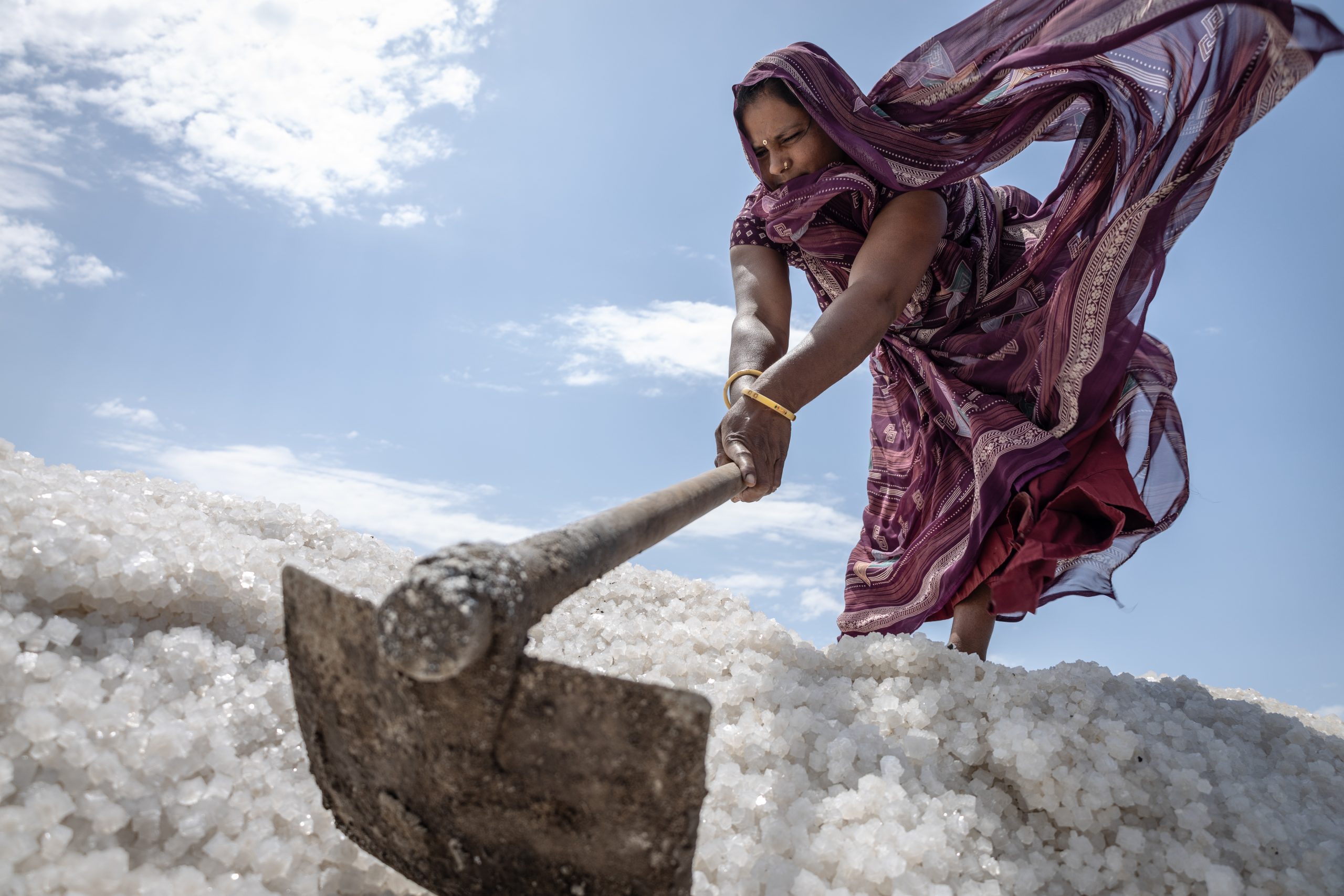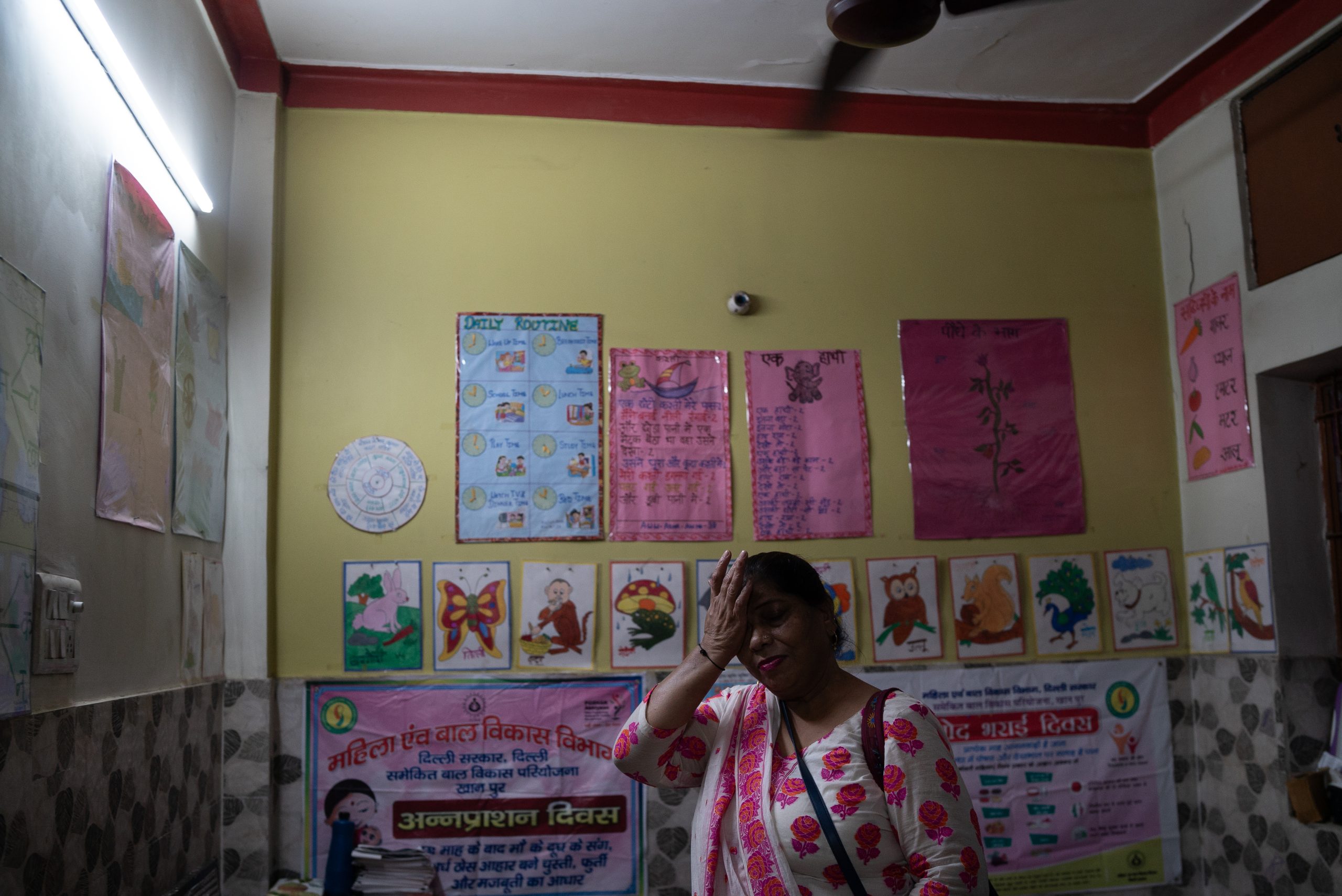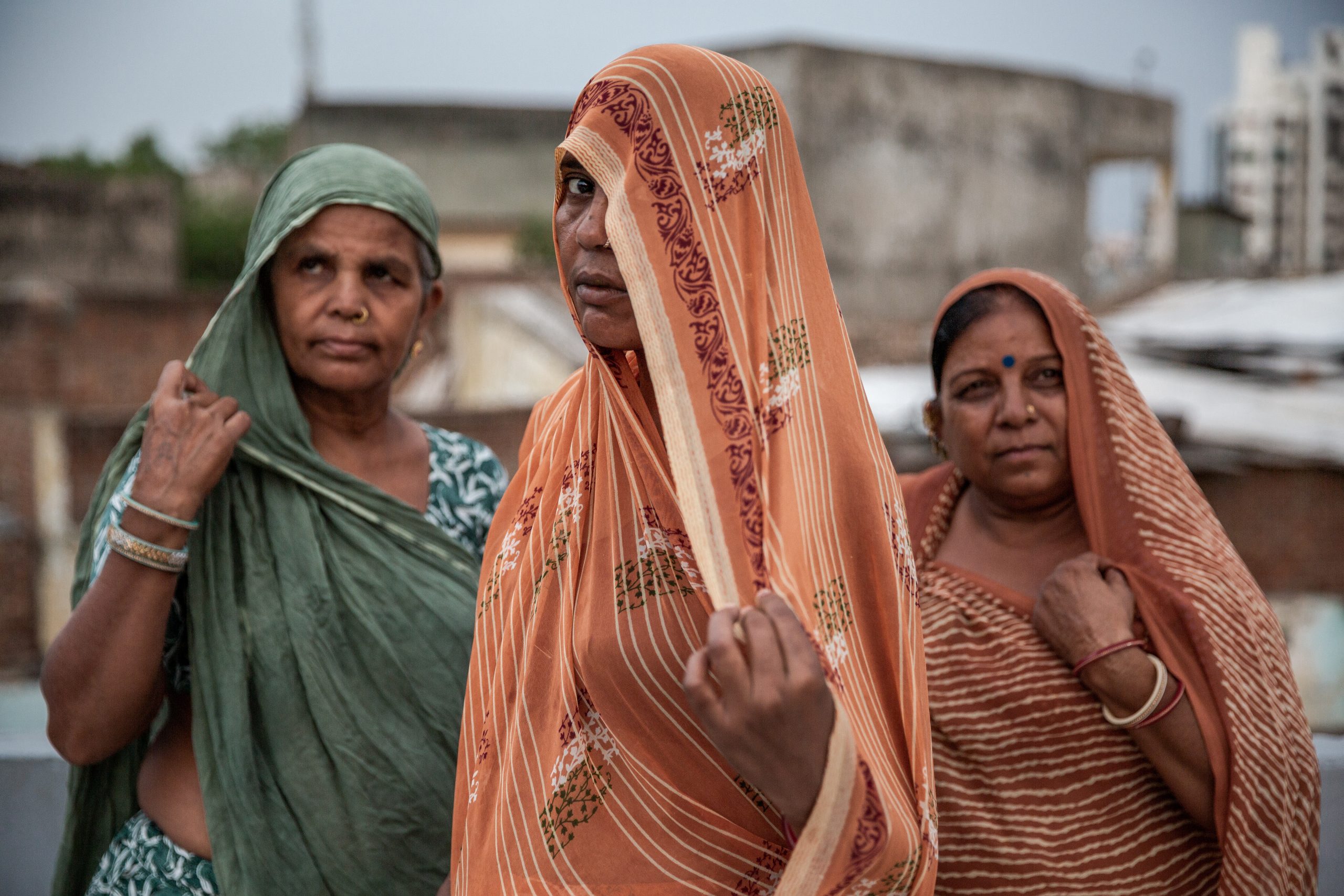Visualising extreme heat
Fast-growing extreme heat risk is now the biggest killer among climate extreme events. But the scale and seriousness of the threat is hard to portray visually, not least because heat is largely invisible - unlike other climate extremes such as floods and storms - and because many of those suffering its impact do so indoors, out of the public eye. How can photographers and videographers accurately portray extreme heat as the serious threat that it is? Here are a few ideas:
1. Extreme heat is not fun.
Images of people splashing in fountains, swimming at beaches and pools and eating ice cream are a long-time staple of stories about heatwaves and hot days. They are easy to shoot, particularly at short notice, and can make for bright, colorful pictures. But they are not a full or accurate reflection of the growing level of risk associated with extreme heat, now a bigger killer than floods, storms, drought and other climate-fueled events. Portraying heat simply as fun can reduce perceptions of extreme heat risk and miss an opportunity to help people better understand a growing threat.
2. Extreme heat is more than a weather story.
Photographs of extreme heat should not just be stand-alone weather pictures but instead tell stories about how high temperatures affect aspects of everyday life, from health and transport to jobs and businesses. They should be engaging and easy to relate to, and provide enough context, detail and nuance.
3. Focus on the most-affected.
Creating heat visuals isn’t easy. But thinking about who might be struggling most on a hot day can help. That could be outdoor labourers - construction workers, delivery people, police, ambulance crews and firefighters, traffic wardens, farmers - or those working inside without adequate cooling, including factory or warehouse workers. Also highly at risk are elderly or disabled people, very young children, pregnant women, homeless people, migrants, the poor and those affected by cultural or physical restrictions that prevent them from leaving their homes to seek cooling or removing heat-trapping clothing.
4. Accurately portray risks and impacts for average people.
That might be families seeking shade outside homes without fans or air conditioning, medical workers treating people with heatstroke or other health impacts, sweating outdoor workers trying to do their jobs without adequate protection or cooling, students taking exams in sweltering classrooms, commuters packed on sweltering trains, or delivery drivers carrying packages in the heat.
5. But also show interventions to reduce extreme heat risk.
Consider how you might combine images of heat impacts with more constructive visuals of how to reduce such threats. That could be people benefitting from the cooling impact of shade structures, parks or water-access areas in cities. It could include early warning signs with advice for residents, people accessing public cooling centres, elderly residents of care homes sitting in front of fans or air conditioning, construction workers wearing cooling vests or taking more frequent breaks, or people shifting their working hours or physical activity to avoid the worst heat. Images of climate impacts are emotionally powerful but can be overwhelming for audiences, so coupling them with visuals of concrete actions people can take to lower their risks is hugely helpful.
6. Think about your audience.
It may sound obvious, but it’s worth thinking about the extreme-heat-related problems your particular audience faces - whether long, hot commutes or work at an inadequately cooled warehouse or factory that is the major local employer - and focusing on those and any efforts to reduce them. Showing local impacts that engage with your audience’s lives and experiences, where possible, will boost engagement with your story.
7. Rethink when to shoot.
Shooting extreme heat images at the hottest parts of the day makes sense – but heat is now affecting longer periods of each day, including nights when people struggle to sleep and problems such as deteriorating mental health or worsening domestic violence may occur. Think about how you can tell new stories that show the wide-ranging impacts of extreme heat.
8. Build sources and seek access ahead of time.
Treat extreme heat like other stories that require detailed forward planning and ongoing work to cover effectively. It can be very difficult to get a hospital, ambulance crew, school or care home to allow access for you to shoot on a very hot day, especially when they may be very busy. But if you approach officials and institutions ahead of heat season, explain what you’re trying to portray and build relationships with them, you may find access easier and be in a position to tell detailed visual stories when a heatwave does hit.
9. Take care of yourself.
Extreme heat can be debilitating, or even deadly, for everyone trying to do their job on a hot day, including photographers on assignment. Remember to take regular breaks, drink plenty of water, wear cool clothing, stay in the shade as much as possible and pay attention to how you’re feeling as you work.
This guidance was produced in collaboration between Climate Visuals and Climate Resilience for All




